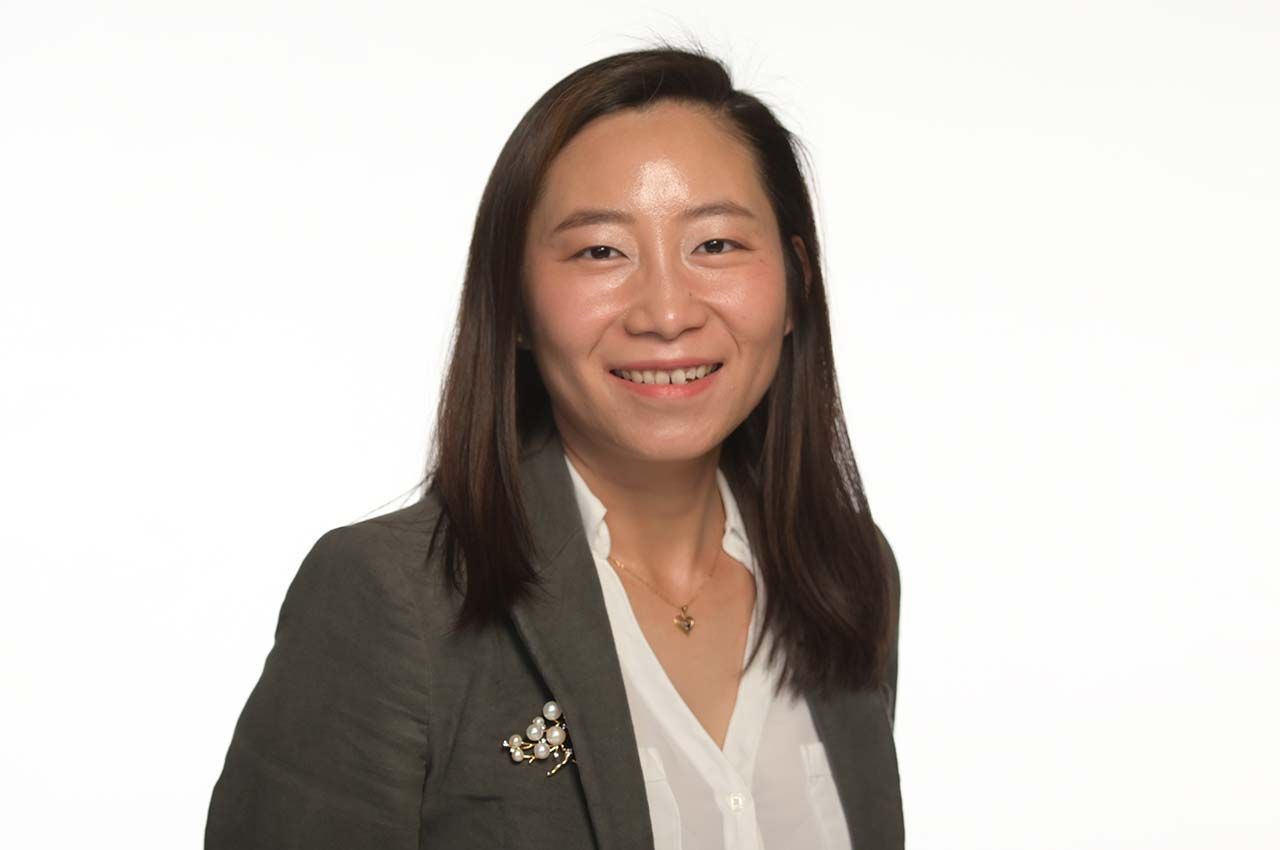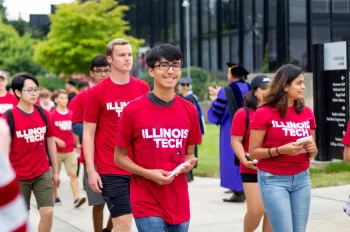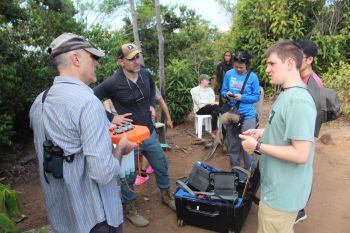New Vaccine Allocation Model Focuses on Fairness and Diversity
Illinois Tech associate professor Lulu Kang teamed with UIC researchers to develop a new resource allocation model to optimize the distribution of COVID-19 vaccines, treatments, testing supplies, and other related resources.

CHICAGO—December 22, 2021—Lulu Kang, associate professor of applied mathematics at Illinois Institute of Technology and a team of researchers from the University of Illinois Chicago put a new twist on traditional resource allocation models to optimize the distribution of COVID-19 vaccines, treatments, testing supplies, and other related resources, publishing their findings, “Fair and Diverse Allocation of Scarce Resources,” in Socio-Economic Planning Sciences.
Scientists and policymakers commonly use mathematical models to optimize the allocation of resources, for example, after a natural disaster. However, these resource allocation models do not consider all the variables that sustain the spread of COVID-19.
“The traditional resource allocation focuses on even coverage,” Kang says. “The goal is to make sure the resource per capita in an area—in a city, for instance—is the same throughout the area. But this traditional strategy is only applicable when the resource is abundant and there is no need to give priority to certain subgroups of the population.”
People’s risk to exposure and susceptibility to the virus that causes COVID-19 can vary based on age, health conditions, income, race, and profession, among other factors.
Kang, along with Hadis Anahideh, research assistant professor of mechanical and industrial engineering at UIC, and Nazanin Nezami, a Ph.D. student in industrial engineering and operations research at UIC, designed a fair-diverse allocation optimization framework. Based on geographic diversity and social group fairness, the framework aims to get these limited resources to the most vulnerable subgroups of the population while ensuring the allocation is independent of an individual’s demographic background, including race, ethnicity, or economic status.
“Our resource allocation tries to achieve an optimal balance between fairness and diversity, and this optimal balance or compromise is driven by the data,” Kang says.
According to the researchers, an allocation strategy is fair if the average amount of resources an individual receives only depends on their exposure rate to the disease and is independent of the individual’s demographic or socioeconomic background. It is diverse if the geographical location does not affect the average resources an individual can receive. The research proposes a solution to distribute scarce medical resources in a fair manner to all communities and to protect certain groups that are more vulnerable to the pandemic’s impact. The team argues this solution helps stop the spread of the pandemic more effectively and pushes for justice and fairness in health care decision-making.
The team’s resource allocation model tries to achieve a data-driven optimal balance between fairness and diversity. The researchers used publicly available data on COVID-19 rates in New York City, Chicago, and Baltimore, as well as population data collected by the United States census. Certain ZIP code areas in these cities would receive a very different amount of resources using the proposed fair-diverse allocation strategy versus a geographical diversity-only or a fairness-only strategy.
“On one hand, it shows the effectiveness of the proposed approach,” Kang says. “On the other hand, it shows how different communities in segregated cities such as Chicago and New York had significantly different degrees of risk and vulnerability to the pandemic.”
The research team aggregated COVID-19 case data and other demographic data, such as age, gender, and race, to estimate the risks of COVID-19 exposure at the ZIP code level. The allocation strategy was adjusted to ZIP code level as this data was not detailed at the individual level.
“Some of the ZIP code areas that should be prioritized by our approach in fact were among the first several ZIP code areas where Chicago gave vaccine access to all their residents,” Kang says. “So I am excited that our research is consistent with our city’s policy, to a degree.”
Illinois Institute of Technology
Illinois Institute of Technology, also known as Illinois Tech, is a private, technology-focused research university. Illinois Tech is the only university of its kind in Chicago, and its Chicago location offers students access to the world-class resources of a great global metropolis. It offers undergraduate and graduate degrees in engineering, computing, architecture, business, design, science and human sciences, and law. One of 22 institutions that comprise the Association of Independent Technological Universities, Illinois Tech provides an exceptional education centered on active learning, and its graduates lead the state and much of the nation in economic prosperity. Illinois Tech uniquely prepares students to succeed in professions that require technological sophistication, an innovative mindset, and an entrepreneurial spirit. Visit iit.edu.
College of Computing
Illinois Tech created the College of Computing in 2020 as part of an effort to drive Chicago’s thriving tech ecosystem by educating a future diverse workforce that is rigorously trained in data and computation. Illinois Tech is home to the Midwest's only Bachelor of Science in Artificial Intelligence degree, and the numerous cybersecurity and intelligence pathways at Illinois Tech explore not only the deep foundations of fast-growing fields of computer science, but also emphasize societal ethics in developing this technology. The United States Department of Homeland Security and the National Security Agency have designated Illinois Institute of Technology (Illinois Tech) as a National Center of Academic Excellence in Cyber Defense Education. The university’s Center for Cyber Security and Forensics Education (C2SAFE) is at the core of Illinois Tech’s designation. Additionally, the center is a member of the United States Strategic Command (USSTRATCOM) Academic Alliance and North American Defense and Security Academic Alliance (NADSAA).
Media Contact
Petra Kelly
Communications Manager
Phone: 312-567-3132
Cell: 773-771-1064
pkelly6@iit.edu




